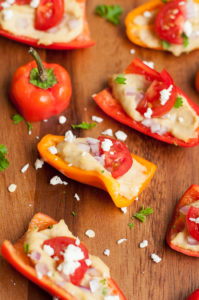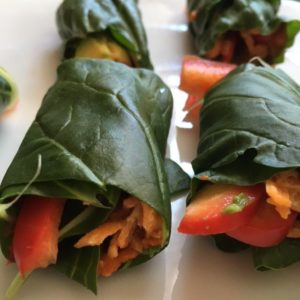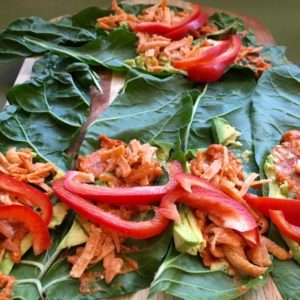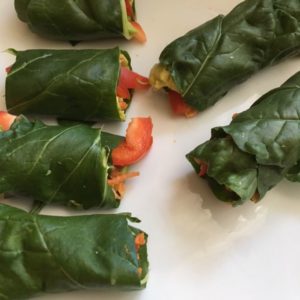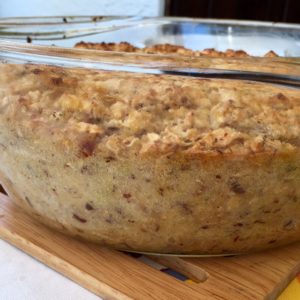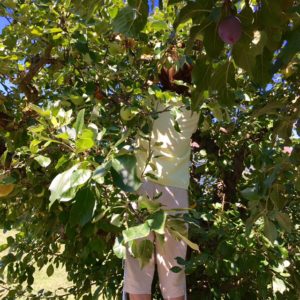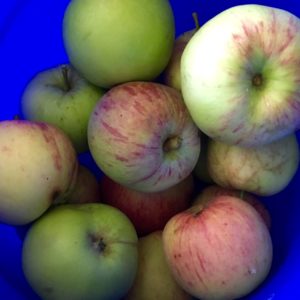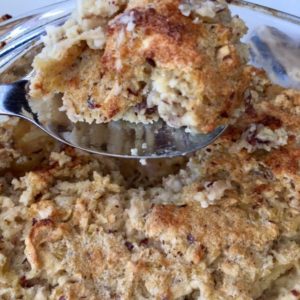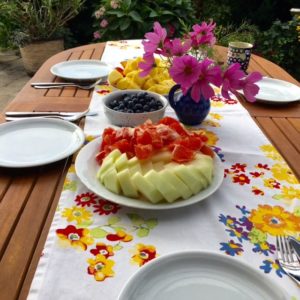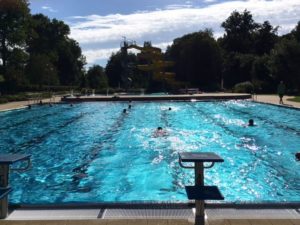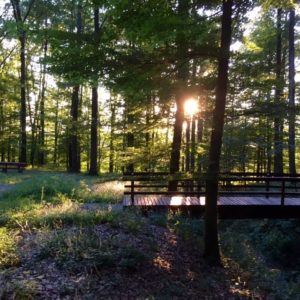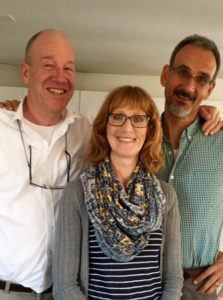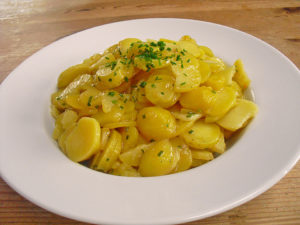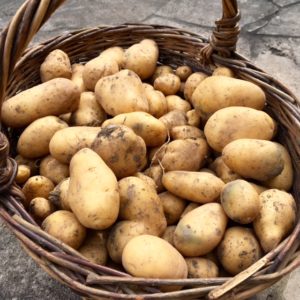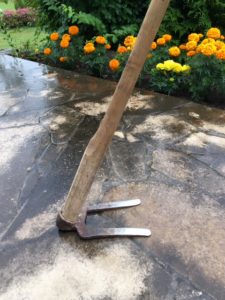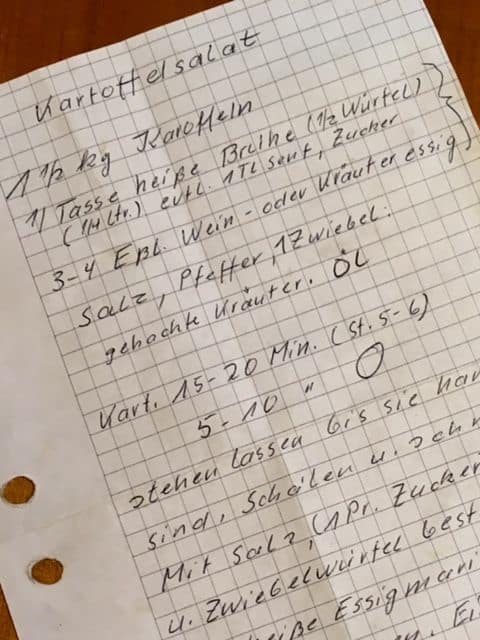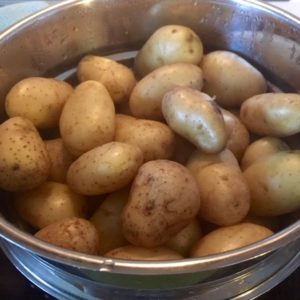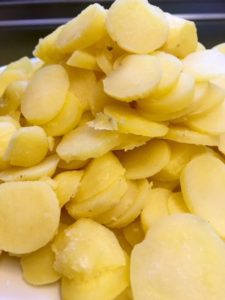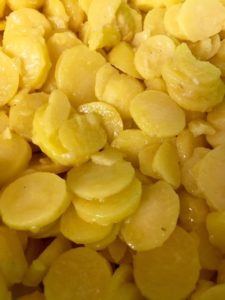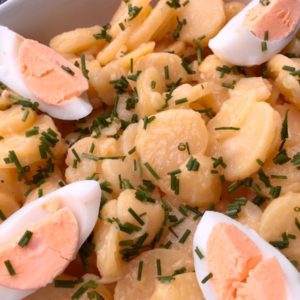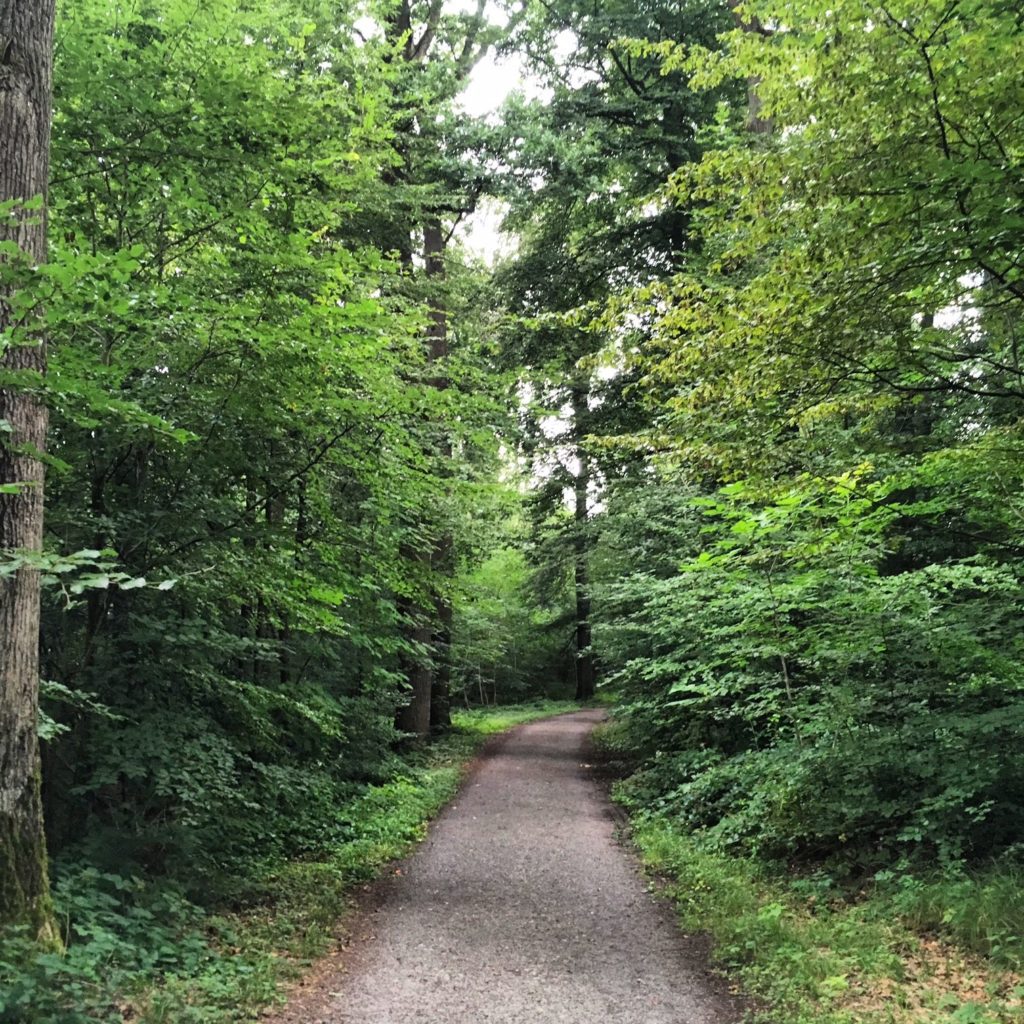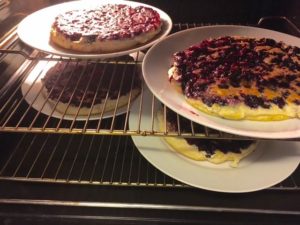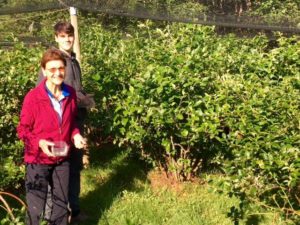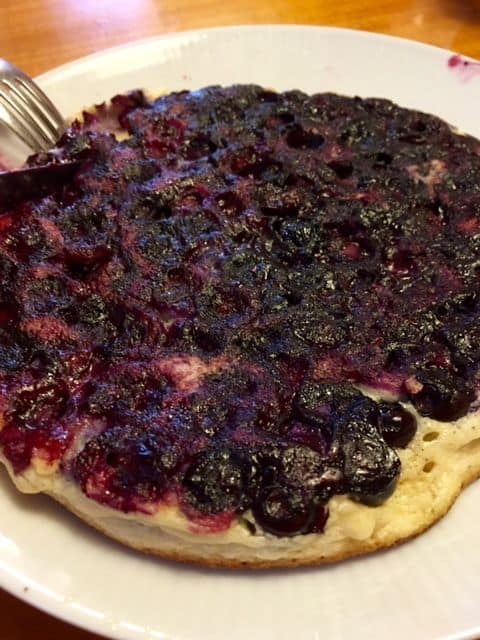Symptoms of flu, cold, and allergies will soon be flaring. Having your action plan in place will ease the stress on you and your body now and, even more importantly, in the long-term. Make this the year you chose to take care of yourself through the season rather than providing momentary fix after fix.

What do I mean by that? There are a host of widely accepted options from OTC medications to antibiotic treatment that, while providing short term symptom relief, actually pave the path to developing serious chronic conditions. You can make a difference in your health now by changing the pattern this season with the first symptom you experience.
If you are the parents of young children, this is even more important! The health of our immune system is established within the first three years of life! What we do after that can and will further weaken it, but the base level of immunity and the microbes that influence immunity are set in those first years. You can learn more on this subject in Missing Microbes: How the Overuse of Antibiotics Is Fueling Our Modern Plagues by Martin Blaser or listen to his NPR interview.

So, before you treat that ear or throat pain with Amoxicillin this season, educate yourself on the long term effects of what you are doing to your body or that of your child(ren). To be sure: antibiotics have truly saved countless lives and that is exactly what they were created to do. Antibiotics should not, however, be used to manage natural inflammatory responses in the body. This inflammation must be resolved not suppressed. And inflammation can only be resolved through natural support. This support can come from Gemmotherapy, Homeopathy, and plant based diets. Acupuncture is also a great solution for resolving inflammation.
What about cold and cough suppressants? Well, the name says it all. Where do you think that suppressed cough or sinus congestion (inflammation) goes? You only have one body with two primary elimination organs and a handful of emergency ones. When your body begins to clean through its emergency exits – the sinuses, the lungs, the skin, the ears – it’s an indication that there is a buildup too great for the bowels and kidneys to handle and it is time for a cleaning. This is actually a very normal function of our body twice a year, seasonally and when we suppress it, we are stopping an integral cleaning process. So, when your sinuses are congested and you take medication just so you can now breathe through your nose, think about where that mucus went.

What your body needs during this time is support and protocols that resolve the need to produce further inflammation instead of medications that suppress the inflammation. A successful acute protocol will support the adrenal gland that initiated the inflammatory responses, the lymphatic system to move out the inflammation, and address specifically the inflamed area or organ.
Get smart this year about your body and take steps now to change how you address acute symptoms. Like other habits you have successfully changed, this one just needs your time and attention. If this interests you but you still have questions – please just ask! I’d love to help you over this hump and to a healthier life over the long term.
Would you like to learn more about Gemmotherapy extracts and specific protocols for acute care? You’ll find 36 proven, reliable protocols for acute symptoms and learn Gemmotherapy fundamentals in my newly published book Gemmotherapy for Everyone: An Introduction to Acute Care. Order your copy here.
Want even more? Check out my online self-paced Acute Care with Gemmotherapy course.
